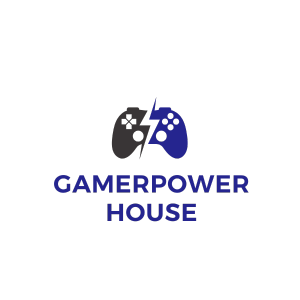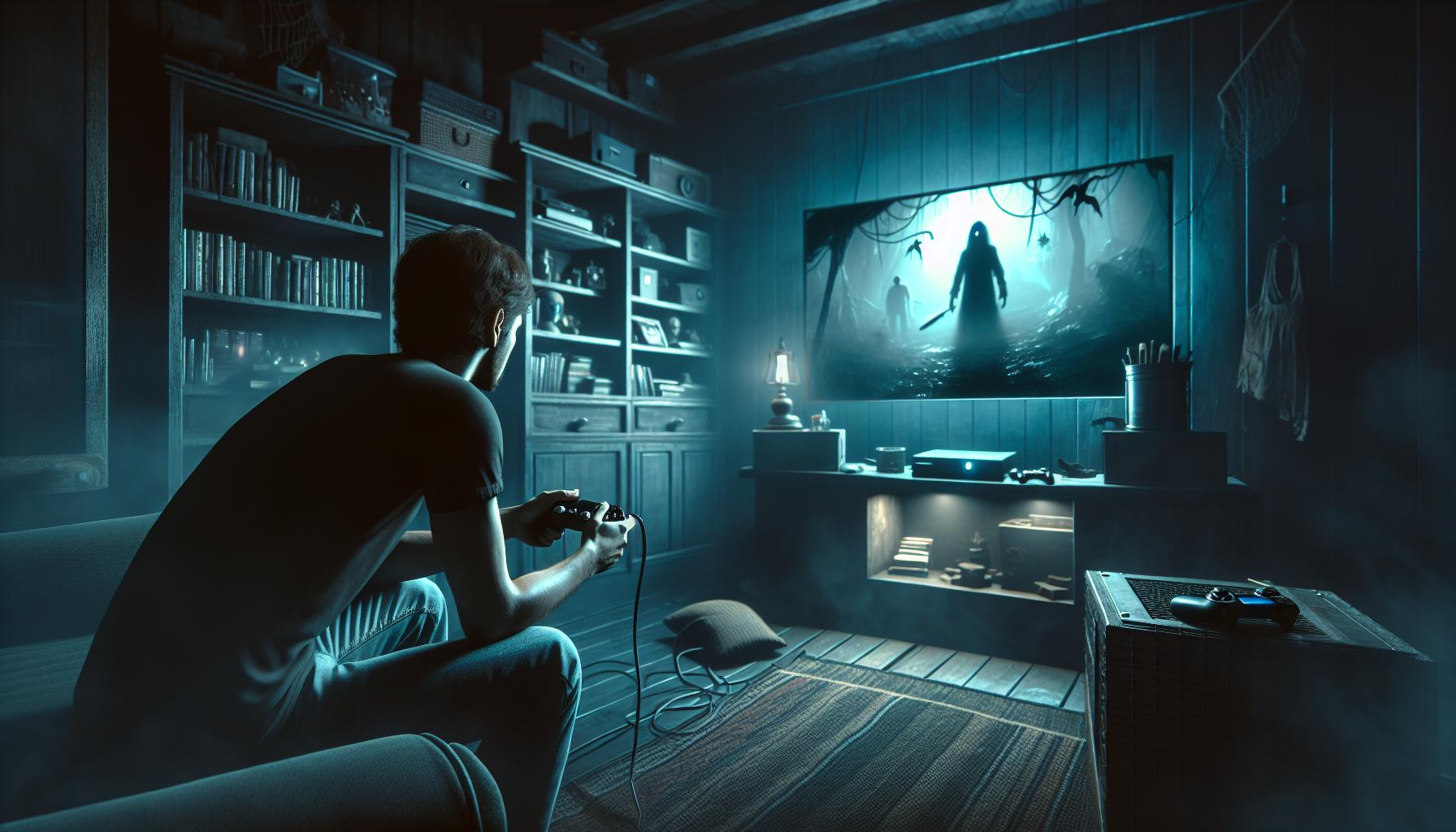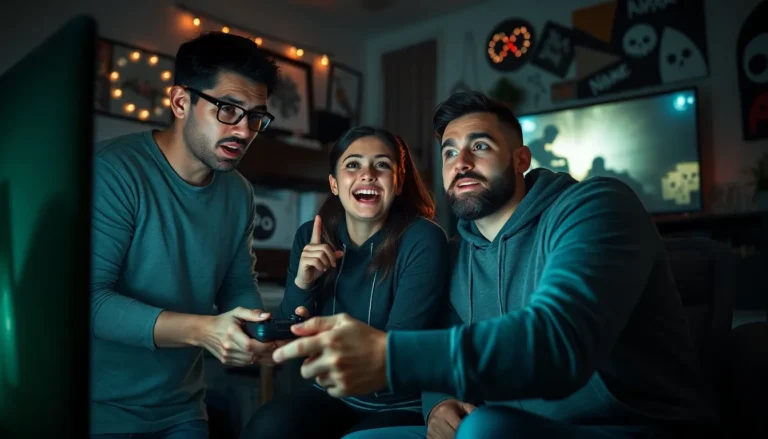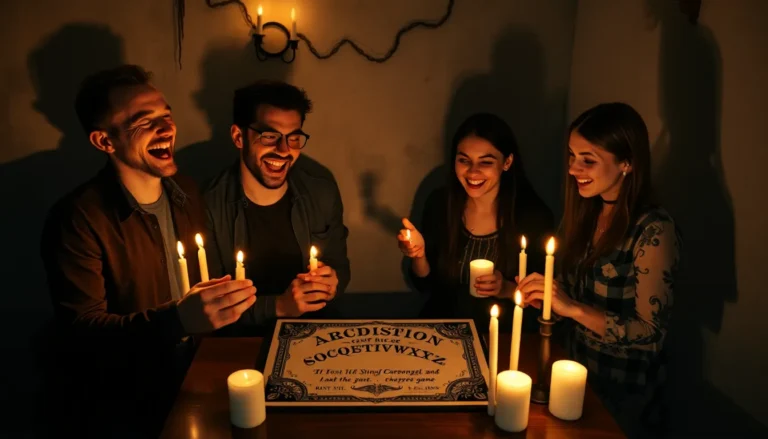When it comes to horror games, few things can match the adrenaline rush of facing your fears in a virtual world. I’ve spent countless hours navigating dark corridors and eerie landscapes, all in search of the next heart-pounding experience. The thrill of not knowing what lurks around the corner keeps me coming back for more, and it’s a feeling that every horror enthusiast craves.
In this article, I’ll dive into the scariest horror games of all time. From psychological terrors that mess with your mind to survival horrors that put your skills to the test, these games have left a lasting mark on the genre. Whether you’re a seasoned player or just dipping your toes into the frightful waters, there’s something here to chill you to the bone. Get ready to explore the games that have defined fear in the gaming world.
Key Takeaways
- Horror Gaming Overview: The genre is designed to evoke strong emotions like dread and anxiety through immersive storytelling and atmospheric settings.
- Evolution of Horror: Horror games have significantly transformed, with early titles like Resident Evil establishing foundational mechanics that continue to influence the genre today.
- Top Scariest Titles: Classic games like Silent Hill and modern masterpieces like Resident Evil 7 have defined the horror genre by combining compelling narratives with chilling gameplay.
- Key Elements: An unsettling atmosphere and effective sound design are crucial in horror games, enhancing the overall tension and fear experienced by players.
- Emotional Impact: Players often react intensely to horror games, experiencing elevated heart rates and anxiety, which contributes to the lasting appeal of these chilling experiences.
- Community Engagement: Horror gaming fosters a unique culture, with players sharing and discussing their experiences, enhancing the enjoyment and connection among gamers.
Overview of Horror Gaming
Horror gaming immerses players in unsettling experiences, combining elements of fear and survival. The genre’s primary goal is to evoke emotions like dread and anxiety, often through intricate storytelling and atmospheric settings.
Many horror games utilize psychological elements, creating scenarios that provoke deep-rooted fears. Games like Silent Hill and Amnesia: The Dark Descent excel at crafting narratives that twist reality and challenge players’ perceptions.
Players often encounter diverse monsters and environments, contributing to the sense of vulnerability. Encounters with terrifying creatures prompt quick decision-making and strategic gameplay, heightening the tension. Titles such as Resident Evil and Outlast exemplify this design, blending combat mechanics with horror themes.
The evolution of technology has significantly impacted horror gaming. Advances in graphics and sound design amplify the immersive experience, making scares more visceral. Virtual reality (VR) adaptations, such as Resident Evil 7: Biohazard, create unparalleled levels of engagement and fear.
As a genre, horror gaming remains popular due to its ability to deliver adrenaline-pumping experiences, catering to both hardcore fans and casual players. Exciting game mechanics, immersive environments, and compelling narratives work together to draw players into the chilling world of horror.
The Evolution of Horror Games
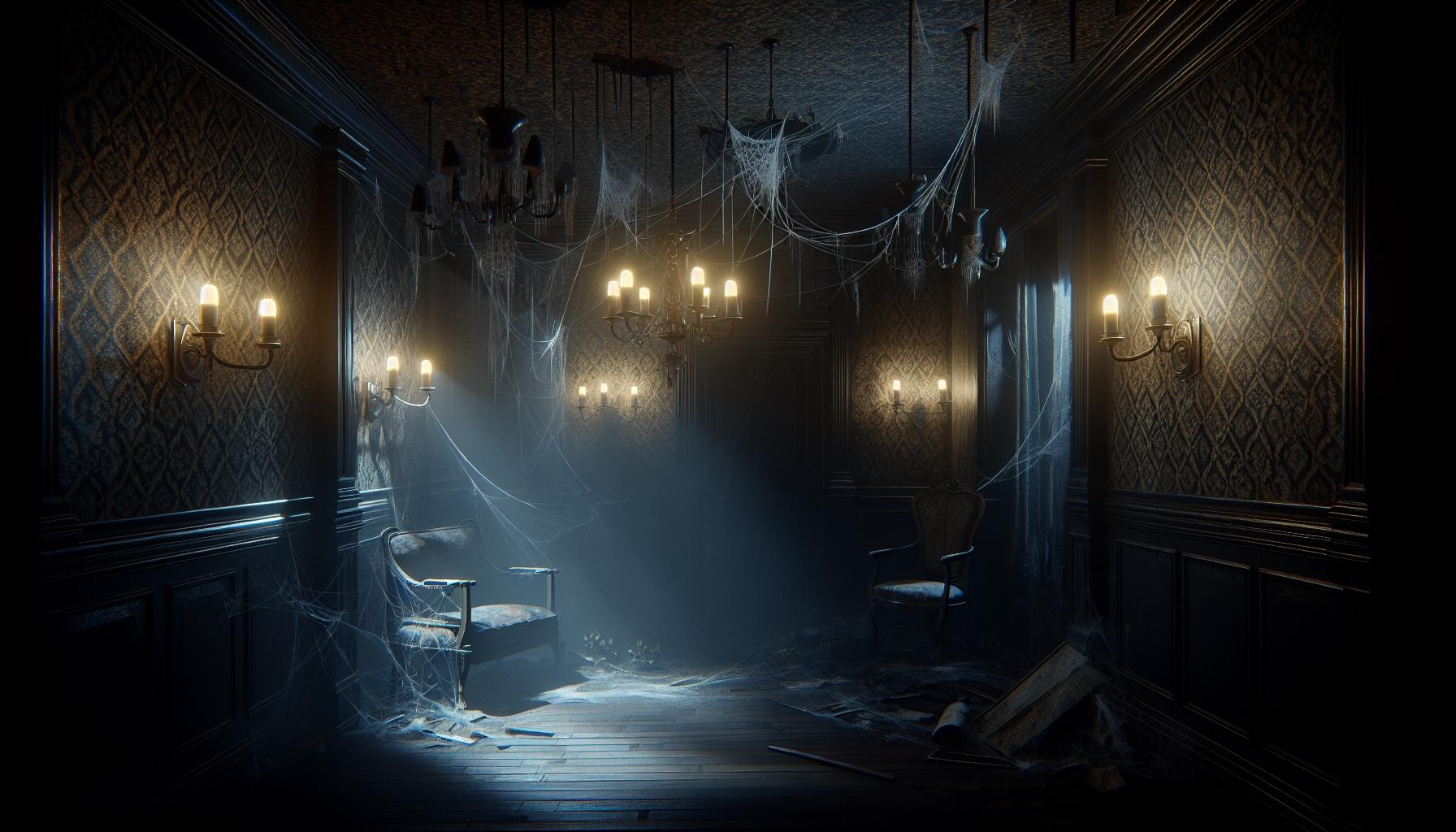
Horror games have transformed significantly since their inception, reflecting changes in technology, storytelling, and player expectations. Understanding these shifts highlights how the genre captivates players.
Pioneering Titles
Pioneering titles laid the groundwork for horror gaming, introducing mechanics and narratives that continue to influence the genre today. For instance, Resident Evil, released in 1996, established survival horror’s core elements, including resource management and fixed camera angles. Titles like Alone in the Dark (1992) introduced exploration-oriented gameplay, immersing players in unsettling atmospheres filled with tension. Moreover, Sweet Home (1989) is regarded as one of the earliest examples of combining RPG elements with horror, setting the stage for future innovations. These early games demonstrated the potential for horror to engage players emotionally while offering unique gameplay mechanics that challenged their skills.
Modern Breakthroughs
Modern breakthroughs in horror gaming showcase how technological advancements enhance the player experience. Titles like Dead Space (2008) utilized atmospheric audio and stunning visuals to create a sense of dread and immersion. Amnesia: The Dark Descent (2010) popularized psychological horror, emphasizing vulnerability and fear by removing traditional combat mechanics. Furthermore, virtual reality entries, like Resident Evil 7: Biohazard (2017), revolutionized the genre, providing an unparalleled level of immersion that places players directly into harrowing scenarios. These advancements not only heighten the fear factor but also expand narrative possibilities, ensuring that horror gaming remains relevant and continues to evolve with player expectations.
Top Scariest Horror Games of All Time
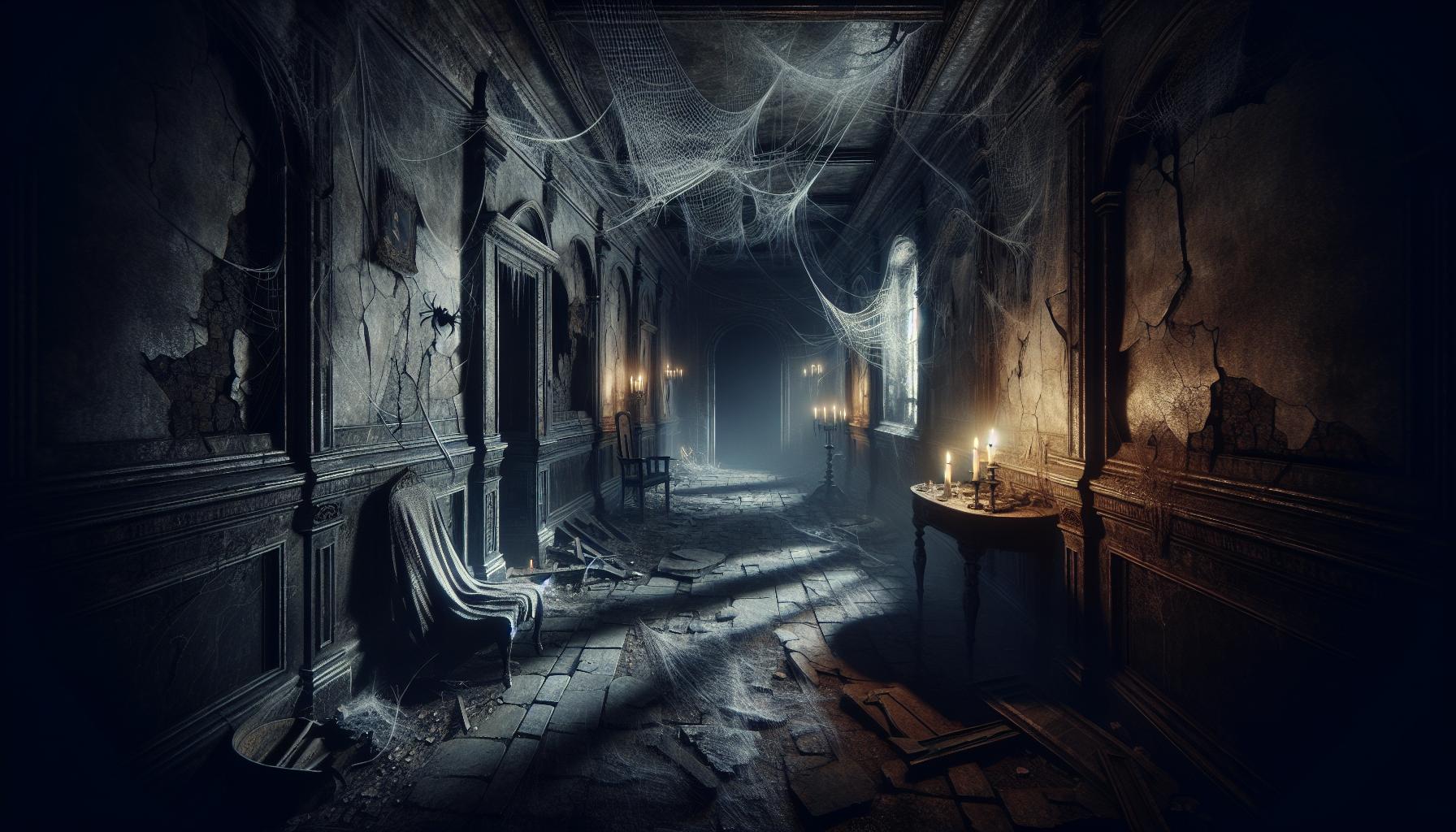
Horror games present a unique thrill, drawing players into terrifying narratives filled with suspense and dread. Below, I explore some of the scariest titles across generations.
Classic Horror Games
- Resident Evil: Released in 1996, this title pioneered survival horror, combining resource management with an oppressive atmosphere. Players traverse a zombie-infested mansion while solving puzzles and battling grotesque creatures.
- Silent Hill: Launched in 1999, this psychological horror game immerses players in a haunting fog-covered town. Its unsettling sound design and disturbing narrative challenge players’ psyches, creating a terror that lingers long after gameplay.
- Alone in the Dark: This 1992 classic set the standard for 3D horror adventures. Players navigate a haunted mansion filled with supernatural beings, utilizing limited resources to survive the terrifying encounters.
Contemporary Masterpieces
- Outlast: This first-person survival horror game, released in 2013, places players in a dilapidated psychiatric hospital. With no weapons to defend themselves, players rely on stealth and cunning to escape gruesome inmates.
- Amnesia: The Dark Descent: Introduced in 2010, this title emphasizes psychological horror, with players exploring a dark castle while avoiding terrifying creatures. The sanity mechanic adds depth, affecting gameplay based on fear levels.
- Resident Evil 7: Biohazard: Released in 2017, this game revitalizes the franchise by returning to its horror roots. Its use of first-person perspective immerses players in a nightmarish plantation filled with cannibalistic foes.
- Layers of Fear: This 2016 game offers a haunting exploration of a disturbed painter’s mind. Players traverse an ever-changing mansion, confronting chilling visions and psychological horrors that reflect the protagonist’s descent into madness.
- SOMA: From the creators of Amnesia, this 2015 game combines existential dread with horror. The underwater setting amplifies tension, as players encounter nightmarish creatures while unraveling the story of human consciousness.
- The Outlast 2: Released in 2017, this sequel shifts the setting to a rural cult environment, intensifying psychological horror. Players must navigate through dark woods and a hostile village, blending stealth mechanics with relentless pursuit.
Key Elements of Scary Games
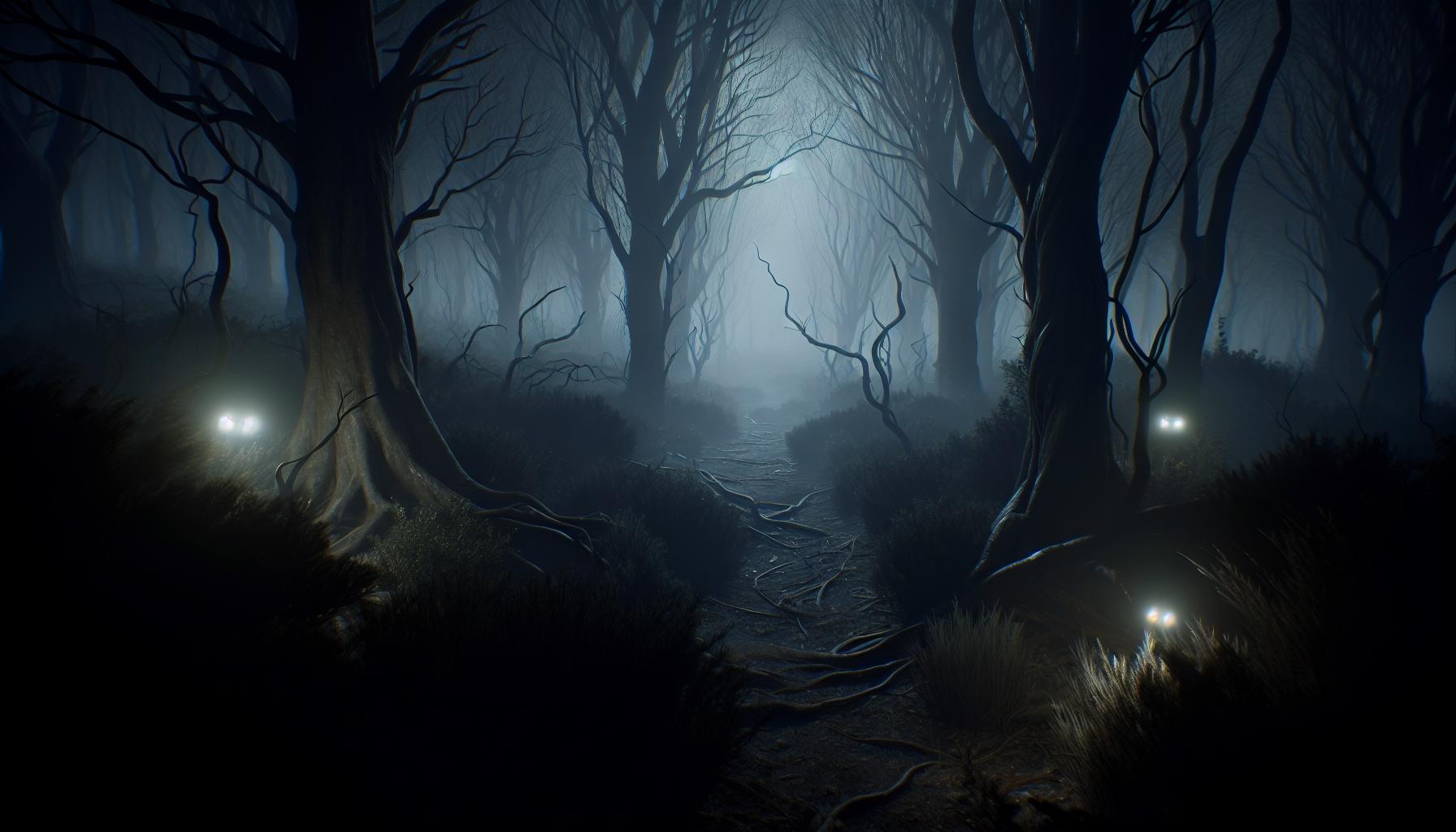
Creepy atmosphere and immersive storytelling create the foundation for terrifying experiences in horror games. Understanding these key elements enhances the gameplay and heightens fear.
Atmosphere and Sound Design
Atmosphere plays a crucial role in horror games, establishing an unsettling environment that keeps players on edge. Effective sound design amplifies this tension, using techniques like ambient noise, sudden sound effects, and unsettling silences to evoke fear. Games such as Silent Hill use distorted audio and chilling soundtracks, creating an immersive soundscape that enhances the eerie visuals. Other titles, like Outlast, employ environmental sounds—such as whispers or distant screams—to build suspense and keep players alert.
Storytelling and Narrative Techniques
Compelling storytelling engages players emotionally, drawing them into the game’s dark narrative. Horror games often include layered narratives filled with lore and psychological twists that provoke thought and fear. Techniques such as unreliable narrators, fragmented storytelling, and haunting backstories deepen immersion. Games like Amnesia: The Dark Descent and Layers of Fear showcase these techniques, using backstory revelations to elevate tension. Players confront not only external threats but also their inner fears and guilt, making the narrative a vital component of the horror experience.
Player Reactions and Experiences
Players often display intense emotional responses to horror games, which can significantly enhance their enjoyment. This genre evokes feelings of fear, anxiety, and suspense, allowing players to confront their darkest fears in a controlled environment.
Emotional Impact
Emotional reactions vary widely among players in horror gaming. Fear triggers adrenaline spikes, leading to heightened awareness and excitement. Players frequently report physical responses, such as racing hearts and sweaty palms, when faced with frightening scenarios. The psychological effects amplify immersion, creating lasting memories tied to these experiences. For instance, games like Amnesia: The Dark Descent and Outlast instill a sense of vulnerability; players often describe feelings of helplessness while navigating through chilling narratives. The emotional connection makes these games memorable long after the console is turned off.
Community and Culture
Horror games foster a unique community and culture that thrives on shared experiences. Players engage in discussions about their most terrifying moments and dissect game mechanics that contribute to fear. Online forums and streaming platforms, such as Twitch, have made it easy for gamers to share their reactions, enhancing the communal aspect of horror gaming. Memorable reactions—like jumping from unexpected scares—often become viral moments on social media, uniting players through collective laughter and nostalgia. Analyzing storylines, theories, and gameplay adds depth to the community, making it an integral part of the horror gaming experience.
Conclusion
Horror games have a unique way of pulling us into their dark worlds and making us confront our deepest fears. I’ve experienced the thrill of heart-pounding moments and the chilling atmosphere that keeps me on the edge of my seat.
Whether you’re a seasoned player or just starting out there’s something undeniably captivating about the genre. From classic titles that shaped gaming history to modern masterpieces that push the boundaries of fear these games continue to evolve and surprise us.
As I reflect on the scariest horror games of all time I can’t help but appreciate how they connect us through shared experiences and emotions. So grab your controller and dive into the terror—there’s a whole world waiting to be explored.
